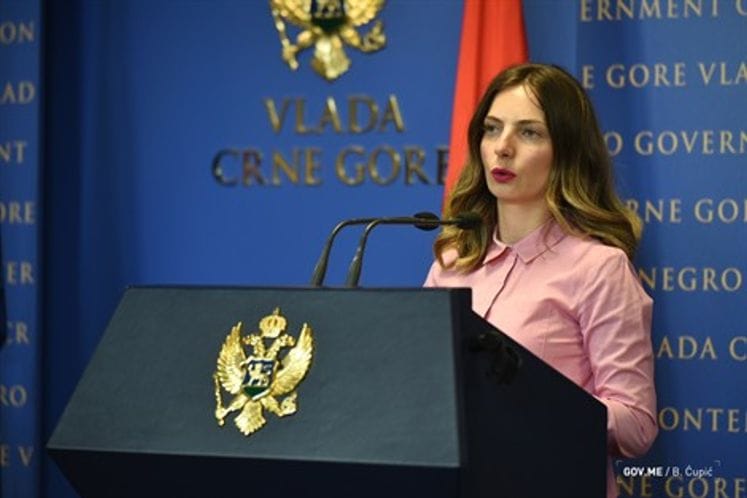- Government of Montenegro
Cabinet adopts Spring Analysis of Macroeconomic Tr...
Please note: The page below represents the archived content relating to the previous Government of Montenegro. Some of the information might be inaccurate or outdated.
Archive
Cabinet adopts Spring Analysis of Macroeconomic Trends and Structural Reforms - 2019

Published on: Jun 28, 2019 • 12:54 AM Author: PR Service
Podgorica, Montenegro (27 June 2019) -- At today's session, the Montenegrin Cabinet adopted the Spring Analysis of Macroeconomic Trends and Structural Reforms - 2019.
"The Montenegrin economy in 2017 and 2018 was characterised by strong economic growth rates of 4.7% and 4.9% in 2017 and 2018, and in this way Montenegro was one of the fastest growing economies in the Western Balkans and among the fastest growing ones of the EU economies," Director General of the Directorate for Economic and Development Policy at the Ministry of Finance Iva Vuković told the press conference following the Cabinet session.
"The greatest positive contribution to the growth of the economy in 2018 came from intensified investment activities and increased consumption of households. Increased investment activity is the result of private investments dominant in the sectors of tourism and energy, while public investments also contribute through increased investment activity in the construction of the highway, as well as other local and regional roads," said General Director Vuković.
The largest contribution of investments to real GDP growth was 4%, while the second largest contribution came from household consumption of 3.4% and this is the result of a record-breaking tourist season, growth in lending activity, growth of remittances from abroad and employment growth.
"Tourism revenues in 2018 exceeded one billion euros, we had twice as much export of electricity, increased aluminum exports and increased export of pharmaceutical production, but all this was not enough to neutralise high imports dominantly for the needs of building investment projects, and that the contribution of net exports to real GDP growth was negative by 2.1% ", emphasised General Director Vuković, adding that Montenegro is at 47% of the EU average, according to Eurostat data (regional GDP per capita comparison as the EU average according to the purchasing power standard for 2018), followed by Albania, Bosnia and Herzegovina, Northern Macedonia and Serbia, with a lower average development compared to EU countries.
In the first quarter, the Monstat stated that the economic growth rate was at the level of 3%, and macroeconomic indicators can see a diverse situation depending on the sector. We have sectors that experienced extremely strong growth rates in the first quarter, while there are sectors that, due to objective circumstances, experienced a downturn. Thus, the sectors that experienced extremely strong growth in the first quarter is the tourism sector with 44.1% more arrivals and 22.5% more tourist nights, and this could be a signal or indicator of yet another record-breaking tourist year.
For full press release in Montenegrin please click here.
Related articles:
Presidents of northern municipalities: The Emirates and Alabbar are welcome in Montenegro Mar 24, 2025
Statement by Deputy Prime Minister Aleksa Bećić Mar 24, 2025
Is this page useful?
